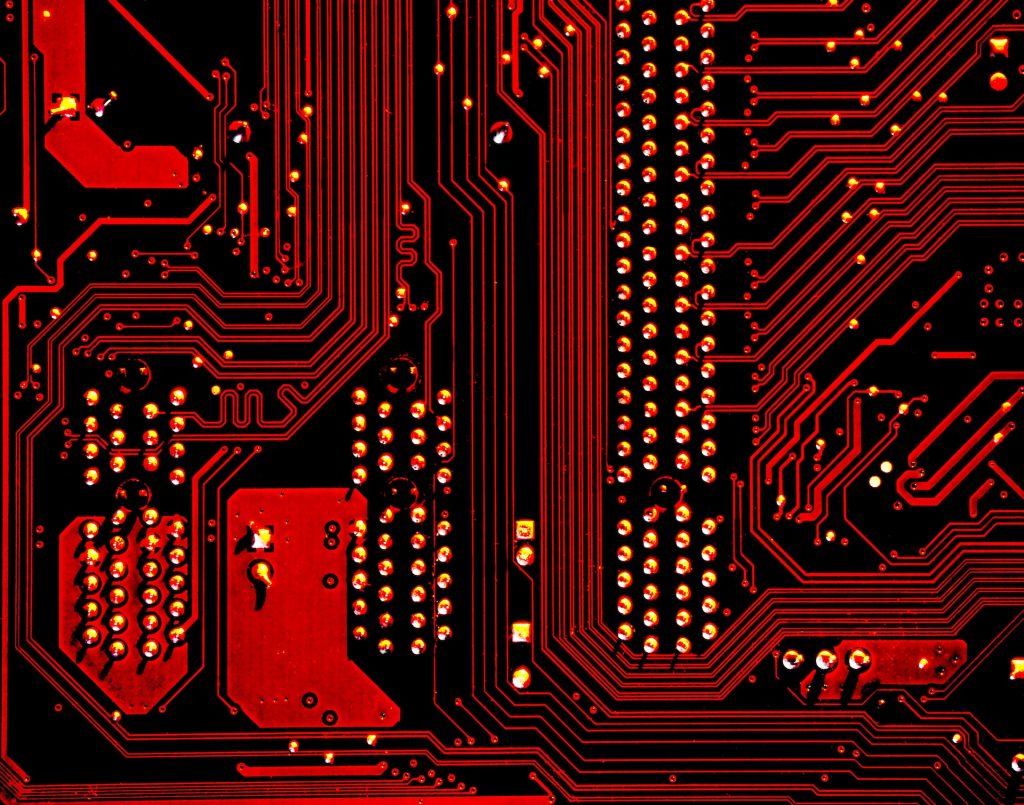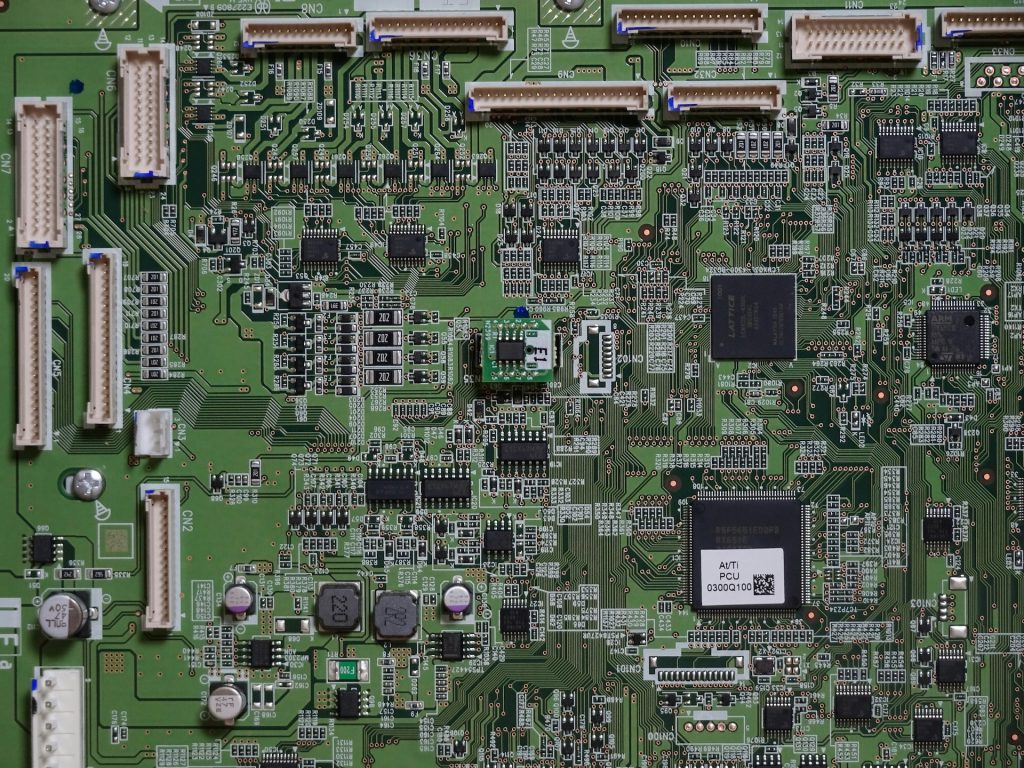How “Halt and Catch Fire” Captured the True Spirit of ’80s Computing
“Computers aren’t the thing. They’re the thing that gets us to the thing.”
~ Joe MacMillan, Halt and Catch Fire (2014 – 2017, four seasons)
As crazy as it seems, as parallel as my career was to the overall theme of Halt and Catch Fire, I never had the chance to watch it, starting with its 2014 release. Back in 2014, we were in the midst of a move to a larger facility, and, most importantly, signed an industry-changing global co-sell hardware agreement with the world’s largest enterprise security software company.
I also hired my son, Max, who had just graduated from Lawrence University, as our Global Accounts Manager.
What Does Halt and Catch Fire Mean in Computing Terms?
This old command forced a CPU to stop everything and combust metaphorically, which may sound dramatic, but perfectly captures the daring risks of that era.
It could also be because, after ten-hour days, I wanted a respite from the computer world in my downtime, so my wife, Joanne, and I watched non-computer-related shows such as Mad Men and True Detective. On those “girls’ night out” evenings, I watched The Americans and Fargo. All terrific shows.
Surprised I had never seen it, a new acquaintance recommended I try Halt and Catch Fire as, in her words, “the familiarity will be noticeable.”
She was right. Early in the series, they mentioned COMDEX, the annual Las Vegas computer show, which brought back mostly fond memories. When I first attended in 1981, IBM presented its first Personal Computer (PC), the 5150.
IBM had the largest show booth on the floor, with the best location, right in the middle. Big spirit. Big bucks.
How Comdex and MS-DOS Shaped the Computing Industry, My Career, and That ’80s Spirit
To complete the picture, Microsoft announced the Microsoft Disk Operating System (MS-DOS). Regardless of which IBM clone (Columbia, Eagle, Toshiba) was used, MS-DOS was the go-to operating system.
Halt and Catch Fire nailed it on those actors writing the BIOS code for their new PC. I knew a few guys who wrote code, and they were not as geeky as everyone thought.
It was also relatable when they discussed the computer company releasing a portable computer with a carrying handle, a nice take on that spirit, given that Compaq, founded by three ex-Texas Instruments employees, had a portable computer that weighed twenty-eight pounds and needed a carrying handle. Compaq was said to stand for “Compatibility and Quality.”
Hundreds of companies were manufacturing computers at the time, and led by Rod Canion, these three guys drew out the specs for this first portable computer on the paper placemat at their table at House of Pies in Houston.
The genius of Compaq’s build was that the bulk of those hundreds of other companies were “ninety percent or so” IBM-compatible. This was because those other companies chose to manufacture their systems to clone the IBM PC, which had numerous protected patents.
On the other hand, Compaq made their systems 100% compatible with Microsoft MS-DOS software. This was not a bad idea, considering MS-DOS was the industry standard at the time. After all, the operating system drives the system; the system does not drive the operating system.
Compaq, therefore, became the “people’s choice” and the largest manufacturer of portable and desktop PCs until Dell emerged in 1989.
Candidly, I was naively surfing that technology wave, as I never completely connected all the dots back then. There were just so many “new and faster” products hitting the market that I did not have the time to think about all that was going on around me. I had only been in the computer industry for three years, with the first two years spent working in a warehouse.
I did think that the show made a nice transition into the founding of the Internet, followed by the World Wide Web—another game-changer. The familiarity within the show made it an easy watch, as I could relate in some way to all that was going on.
Looking Back: Why 80s Computing and Tech Innovation Spirit Felt Like “What-If” Magic
Fifteen years after its release, and somewhat dated, I still think that Halt and Catch Fire delivers a realistic portrayal of the events of that time. Everything was just so new and so exciting! And all at a risk that people were willing to take, if only for curiosity’s sake. I like to call it “what-if technology.”
That continuing risk made the 1980s likely the most exciting and vital time in the computer industry. Innovation was everything! Just like today, the difference is that we expect it now. I miss that raw excitement, spirit, and curiosity when tech felt like limitless possibility.
“A lot of people are gonna want us to fail. But that’s because we’re the future, and there’s nothing scarier than that.” ~ Cameron Howe, Halt and Catch Fire.
***
To learn about this entire journey, pick up a copy of 𝙄𝙩 𝙒𝙤𝙧𝙠𝙚𝙙 𝙁𝙤𝙧 𝙈𝙚: 𝙈𝙮 𝙇𝙞𝙛𝙚 𝙎𝙚𝙞𝙯𝙞𝙣𝙜 𝙊𝙥𝙥𝙤𝙧𝙩𝙪𝙣𝙞𝙩𝙮 𝙖𝙣𝙙 𝘽𝙪𝙞𝙡𝙙𝙞𝙣𝙜 𝙎𝙪𝙘𝙘𝙚𝙨𝙨 today!
100% of all royalties go directly to the Wounded Warrior Project!
Please connect with me on X, Facebook, Threads, and Instagram. I’ll follow you back!


